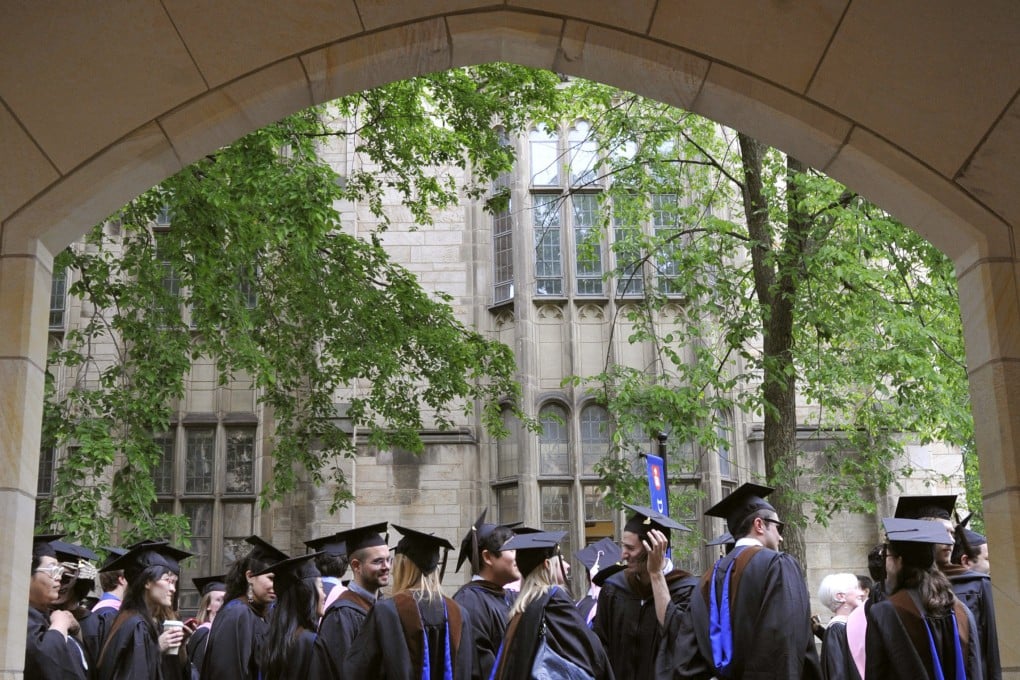International departures
- In Hong Kong, it isn’t uncommon for families to transition children from the local curriculum to an international curriculum at the start of secondary school
- Besides the language mode, there are differences in teaching style, amount of homework, tests and assessments, as well as cultural perspectives

When Prisci Chui and her husband moved their daughter Jasmine to an international school, she was in primary three. The family had a clear goal of wanting to give a different educational experience to their daughter – one that would challenge her to learn and think in a more flexible and creative way.
“When Jasmine was at local school, she could memorise and give all the right answers during school exams easily,” Chui said. “We made the switch, even though we knew there was a chance her academic results would not be as good,” she continued. In short, Jasmine’s parents felt that training children to memorise was not the best way to nurture their education.
It’s an experience not uncommon in Hong Kong, where for many families, a popular time to transition children from the local curriculum to an international curriculum is at the start of secondary school. Future planning and preparation, exposure to a different learning approach and curriculum, the heavy course load at local schools, as well as the desire to develop English language skills are cited as some of the key reasons for the move.
“Students may want to study abroad for their secondary or tertiary education, and an international curriculum prepares learners for the transition,” said Dr Cora Hui, head of school at Christian Alliance P.C. Lau Memorial International School.
Indeed, international schools offer a very different learning environment. Teaching is more child-centred, aimed at fostering intrinsic motivation with an emphasis on critical thinking and problem solving – both independent and collaborative – with real-life applications. According to Amy Jackman, elementary principal at the American School Hong Kong (ASHK), international schools’ smaller class sizes also tend to foster deeper connections between teachers and students, in turn promoting a higher level of individualised learning.
“Many parents find this approach to teaching more suited to their child’s way of learning,” she said.
